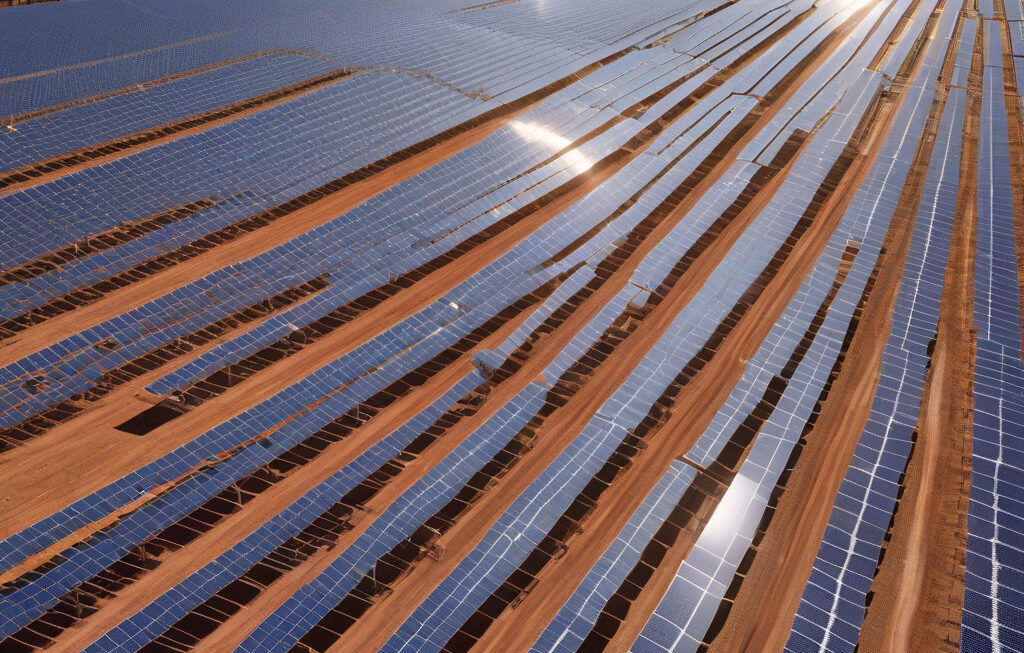Powering Next-Gen Solar Panels: Breakthrough Tech Hits 30% Efficiency, Cooler Temperature
Researchers from the University of New South Wales (UNSW) Sydney have developed a solar cell that is set to revolutionize the renewable energy industry. This breakthrough technology has achieved an impressive 30% efficiency rate, surpassing the previous records and paving the way for more cost-effective and sustainable solar panels.
The key innovation behind this remarkable achievement lies in the cell’s ability to operate at cooler temperatures compared to conventional solar panels. By addressing the issue of overheating, which often leads to energy loss and reduced efficiency in traditional solar cells, the UNSW Sydney researchers have unlocked new possibilities for harnessing solar power.
One of the main challenges in enhancing the efficiency of solar panels has been managing the heat generated during the conversion of sunlight into electricity. High operating temperatures not only decrease the performance of the cells but also shorten their lifespan. With the new technology developed by UNSW Sydney, this obstacle has been effectively tackled, leading to a significant boost in efficiency.
The implications of this breakthrough are profound. Solar energy is already a crucial player in the transition towards a more sustainable future, and improvements in efficiency and performance will only accelerate this transition. The 30% efficiency rate achieved by the UNSW Sydney researchers brings us one step closer to unlocking the full potential of solar power as a clean and abundant energy source.
Moreover, the cooler operating temperatures of the new solar cell not only contribute to its enhanced efficiency but also offer practical benefits. The reduced heat generation means that the solar panels will require less cooling, resulting in additional energy savings. This aspect is particularly significant in hot climates where solar panels are widely used but can suffer from decreased efficiency due to high temperatures.
In addition to the technical advancements, the cost-effectiveness of the new technology is also a notable aspect. As solar energy continues to gain momentum as a viable alternative to traditional fossil fuels, innovations that drive down the costs of solar power systems are crucial. The increased efficiency and cooler operating temperatures of the UNSW Sydney solar cell have the potential to make solar energy more accessible and affordable for a wider range of applications.
Looking ahead, the focus will be on scaling up the production of these high-efficiency solar cells to make them commercially available on a larger scale. The collaboration between academia, industry, and policymakers will play a vital role in accelerating the adoption of this breakthrough technology and integrating it into existing solar energy infrastructure.
In conclusion, the breakthrough achieved by the researchers at UNSW Sydney marks a significant milestone in the advancement of solar energy technologies. With its impressive 30% efficiency rate and cooler operating temperatures, this new solar cell has the potential to reshape the renewable energy landscape and drive the transition towards a more sustainable future powered by clean and efficient solar power.
solarpower, renewableenergy, sustainability, energyefficiency, futuretech












